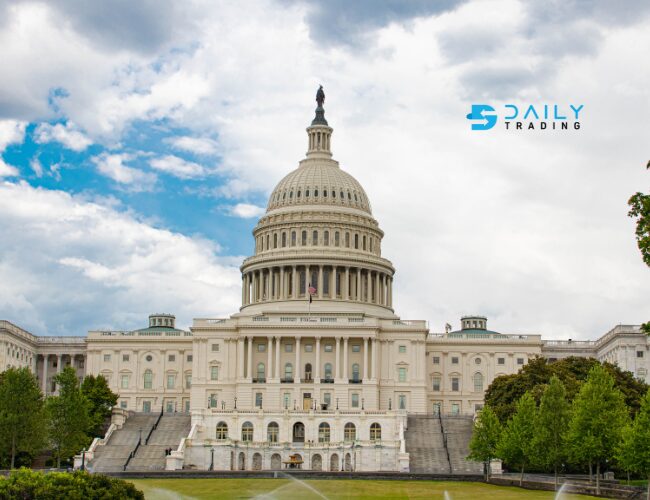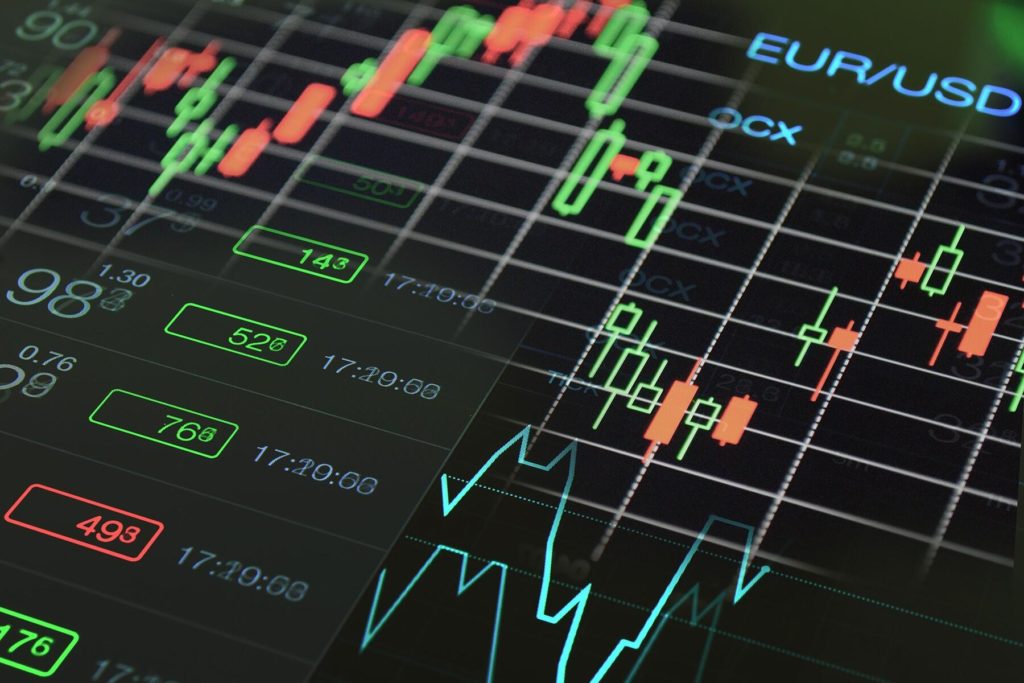How the Federal Reserve Fights Stagflation in 2025
The U.S. Federal Reserve is currently facing the possibility of stagflation, which combines slow economic growth with rising inflation. This unique scenario complicates the central bank’s ability to use its usual tools, such as the federal funds rate, to address both inflation and unemployment simultaneously.
Jerome Powell, the Federal Reserve Chair, acknowledged the challenges associated with stagflation. During a March 2025 press conference after the Federal Open Market Committee (FOMC) meeting, Powell explained that the central bank’s tools typically work in one direction. For example, they can either reduce inflation by raising interest rates, which slows economic activity or stimulate job growth by lowering interest rates. However, balancing both high inflation and rising unemployment poses a significant challenge.
The Role of Tariffs
A key factor in the current concern is the impact of President Donald Trump’s tariff policies. These tariffs have caused fear that prices for imports will rise, contributing to inflation, while also slowing economic growth. This could result in reduced consumer spending and lower business investment, potentially leading to stagflation.
Economists, like Kathy Jones, Chief Fixed Income Strategist at Schwab, suggest that if inflation remains high, the Fed may prioritize controlling inflation even if it leads to short-term increases in unemployment. Historically, rising unemployment eventually reduces inflation, allowing the Fed to lower interest rates again.
Lessons from the 1970s Stagflation Crisis
The last time the U.S. experienced stagflation was in the 1970s. Back then, inflation surged due to oil price shocks and poor economic policies. In response, Fed Chair Paul Volcker focused on reducing inflation, even though it caused a short recession in the early 1980s. His aggressive interest rate hikes ultimately succeeded in controlling inflation and stabilizing the economy.
Fortunately, the current situation is not as severe. The Federal Reserve projects inflation will reach 2.8% by the end of 2025, slightly above the Fed’s 2% target but far below the double-digit inflation rates of the past. Unemployment is expected to rise to 4.4%, still relatively low by historical standards.
Uncertainty Around Tariff Policies
The unpredictable nature of Trump’s tariffs adds uncertainty to the economic outlook. While the Fed originally projected a gradual decline in inflation, the impact of tariffs on prices and employment remains unclear. Tariffs can change quickly, while the Fed’s monetary policy tools take time to influence the economy.
As a result, during its most recent meeting, the Fed decided to leave its policies unchanged. Powell and the Fed are waiting to see whether inflation or unemployment will present the larger challenge in the coming months.
The Federal Reserve is facing a complex task as it navigates potential stagflation in 2025. With inflationary pressures and employment concerns, Jerome Powell and the FOMC must balance the competing goals of reducing inflation and maintaining job growth. As the impact of tariffs and economic policies unfolds, the Fed will continue to adapt its approach to manage these dual challenges effectively.








Leave a comment